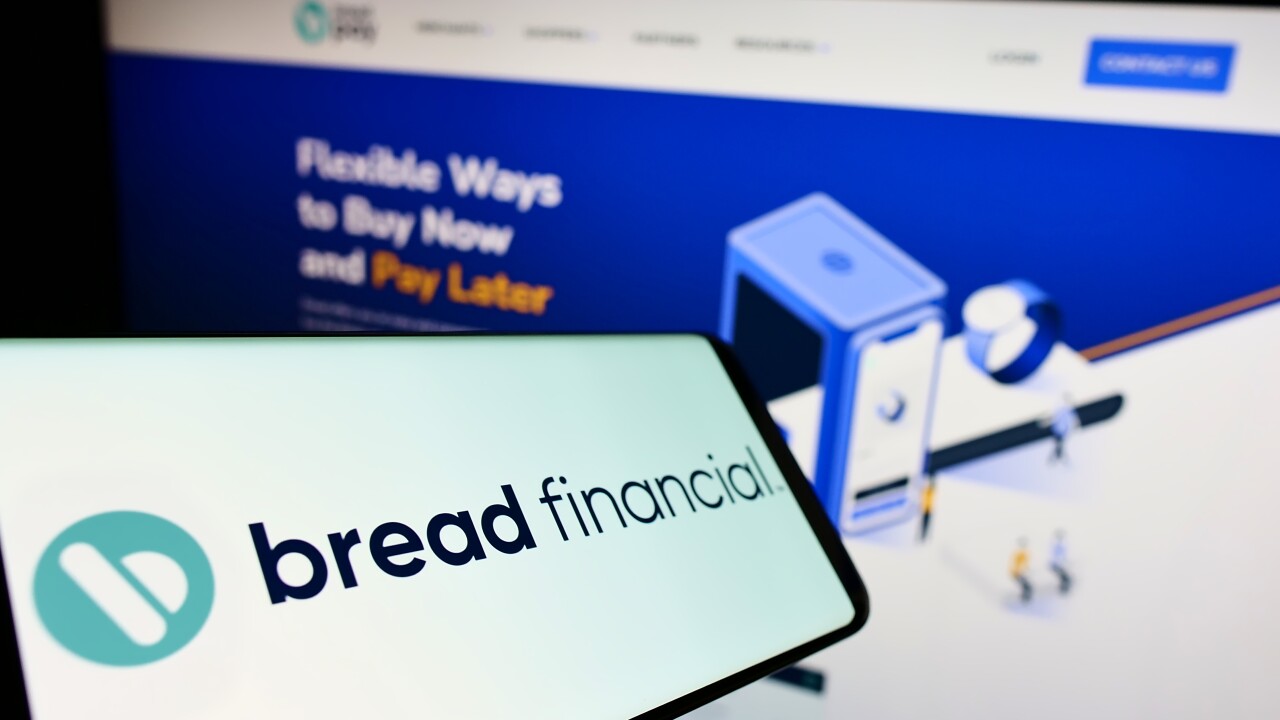Mobile person-to-person payment systems are poised to grow to about 126 million adult users by 2020 with nearly 60% of all mobile device owners using the service, according to newly published data from Javelin Strategy & Research.
It's a striking prediction considering that five years ago, only 8% of consumers said they would be likely to conduct a mobile P2P transfer in a year's time.
But P2P tech has come a long way. Earlier systems, even on mobile devices, were clunkier and required lengthy identifiers like bank account details to send a payment, and often a drawn-out setup process for the recipient.
Today, all that is needed for some P2P offerings is a friend's name or e-mail address. And even these elements can be copied effortlessly from a smartphone's contact list.
The proliferation of mobile devices in the U.S. will also drive P2P use, which will increase at nearly 13% annually from the current estimated number of 69 million users in 2015, according to Javelin.
Such expansion creates more opportunities for banks and nonbanks to get a piece of P2P.
"It's becoming more common to see people pull out a mobile phone to share [dining] bills or pay for other services," said Michael Moeser, director of payment at Javelin.
Moeser and Javelin payments analyst Meg Cain authored the company's new P2P report.
Millennials are fueling the uptick in P2P payments, more specifically the older Generation Y consumers between ages 25 to 34. More than half of those, at 54%, have made a mobile P2P money transfer in the past year, compared with 33% of all mobile device owners, the report said.
"It's not just because millennials are more tech savvy," Cain said, herself a Gen Y'er. "If the experience is easier and more convenient, we are just happy to do it."
P2P in its current form falls into those categories. In general,
Options such as Facebook Messenger, Square Cash, Venmo or
"You send the money to one of your contacts and they get a text message or e-mail saying they have received money," Cain said. "Some apps call for setting up an account, but some don't, as you get money as a guest."
Another signal that P2P is ready to take a major step into the mainstream is that the so-called "moneyhawks," or those considered a bank's most profitable customers, are using P2P more than twice as often as other mobile device owners. What moneyhawks do tends to trickle down to other consumers over time.
"Moneyhawks represent only 13% of the population, but they control 40% of deposits," Moeser said. "They are looking for new technology services that are useful, and banks are wise to tailor needs to customers like moneyhawks."
In that regard, banks that offer P2P perceive it as a necessary customer service, while non-banks consider P2P a "value add" to the other communication services they offer, Moeser added.
At the moment, the market for P2P payments is "still up for grabs," the report concludes. No dominant player has emerged and financial institutions that balk at offering the service may lose potential customers to the Squares and PayPals of the world, Moeser said.
Fiserv has offered Popmoney P2P for smaller banks for many years, and the mega-banks'
"One of the things we call out in the report is that with the larger networks, a bank has to sign up to be part of that community," Moeser said. "But with Square, you don't have to be a member. It's just a seamless movement of money."
It leaves community banks in a quandary over how to innovate in the future, Moeser said. "Do they want to join clearXchange, use Fiserv's Popmoney, or determine how they would play with people who have access to Facebook or Square?" Moeser said.
As part of the process in the coming years, it will also be common to see a bank obtain P2P technology for a branded service. Chase recently did that, finally





